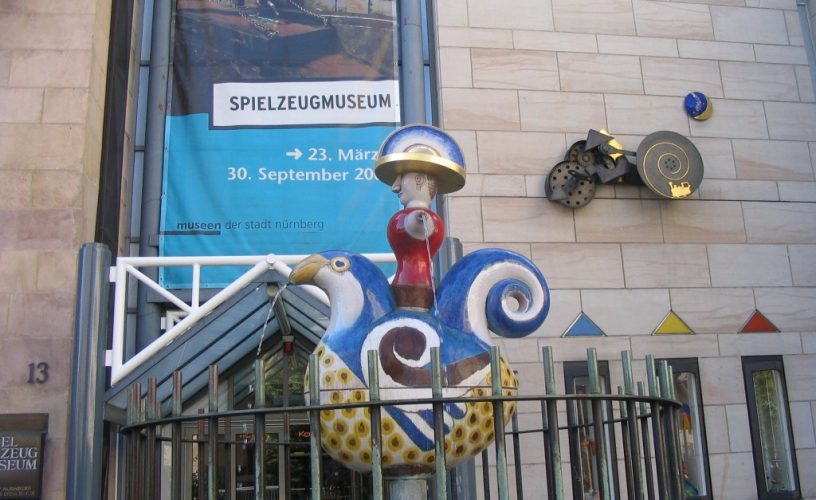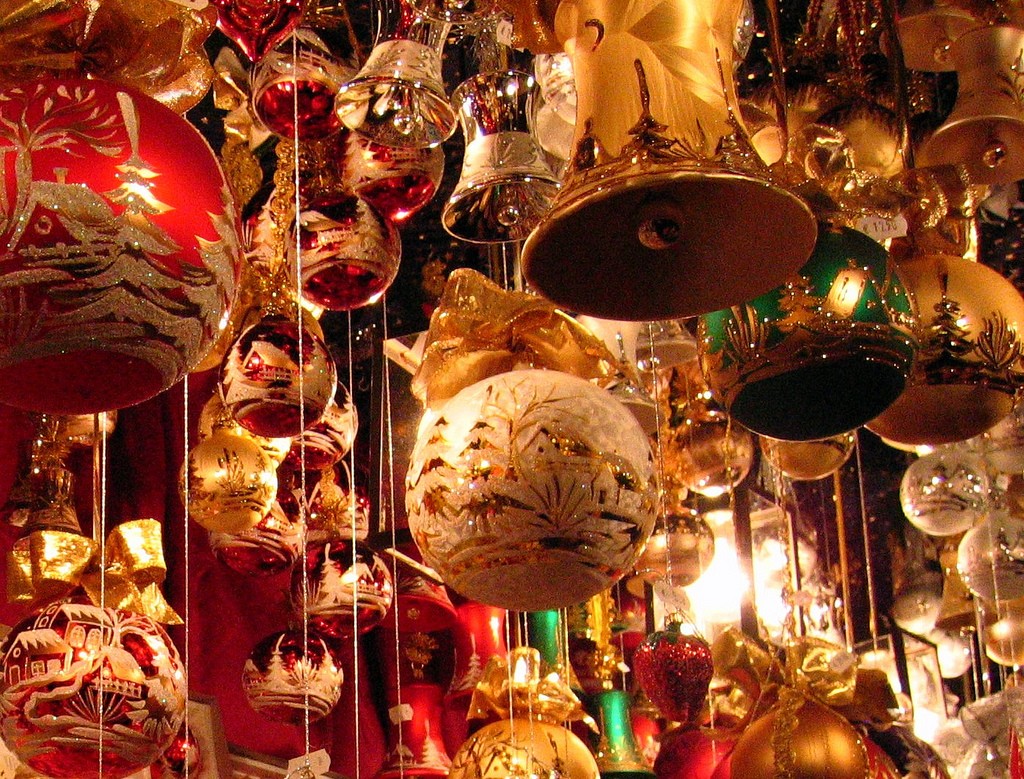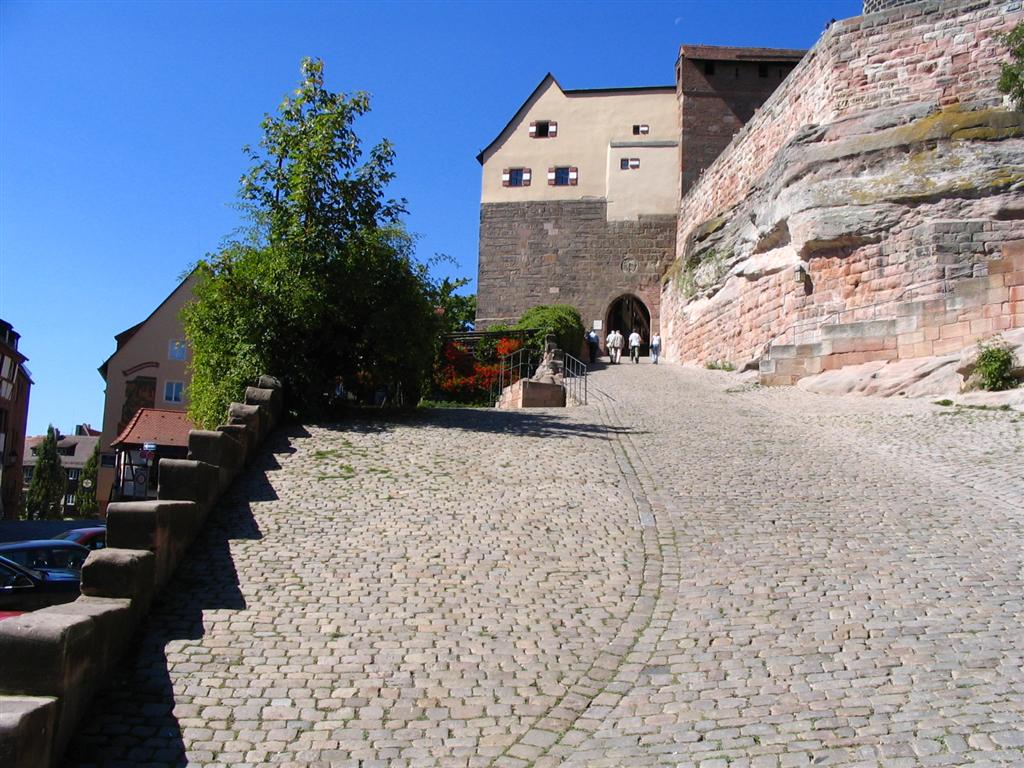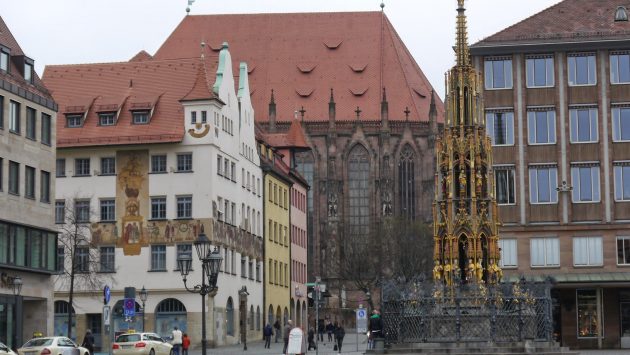Nuremberg City Tour
Nuremberg City Tour part I
Following the almost total destruction of historic Nuremberg during the Second World War, the City council wisely rejected all suggestions to preserve a “tabula rasa” or, as happened in many other places, to erect a purely modern city on the ruins. It decided instead to proceed cautiously with the re-building of the old city, and it did so exceedingly well, as anyone who visits Nuremberg in “Meyer’s Universum” in 1837 sounds equally applicable today:
Modern travellers encounter on all sides evidence of Nuremberg’s 900 years of history, reflecting epochs of proud dignity as well as periods of decline and denigration and combining intellectual clarity with romantic whimsy. Here they find a city illustrative of Germany’s past and present, where the impressive monuments of many centuries of prodigious inventiveness and cultural self-confidence survive amidst the hurly-burly of a modern, dynamic metropolis.
“Such diversity protects the traveller from boredom which so often afflicts him when he goes to visit the stereotyped cities of our modern age, where every house and every square resemble each other, just like soldiers’ uniforms”. It is open to speculation why, in the words of E.T.A. Hoffmann, Nuremberg was, for princes and sovereigns, “the apple of their eye”. Be that as it may, the emperor Friedrich II decreed in his Great Charter of 1219″ … irrevocably and for all time that no citizen of this place shall have any protector other than Ourselves and Our successors, the Roman kings and emperors”. And Karl IV laid down that every future emperor had to hold his first Imperial Diet in Nuremberg.
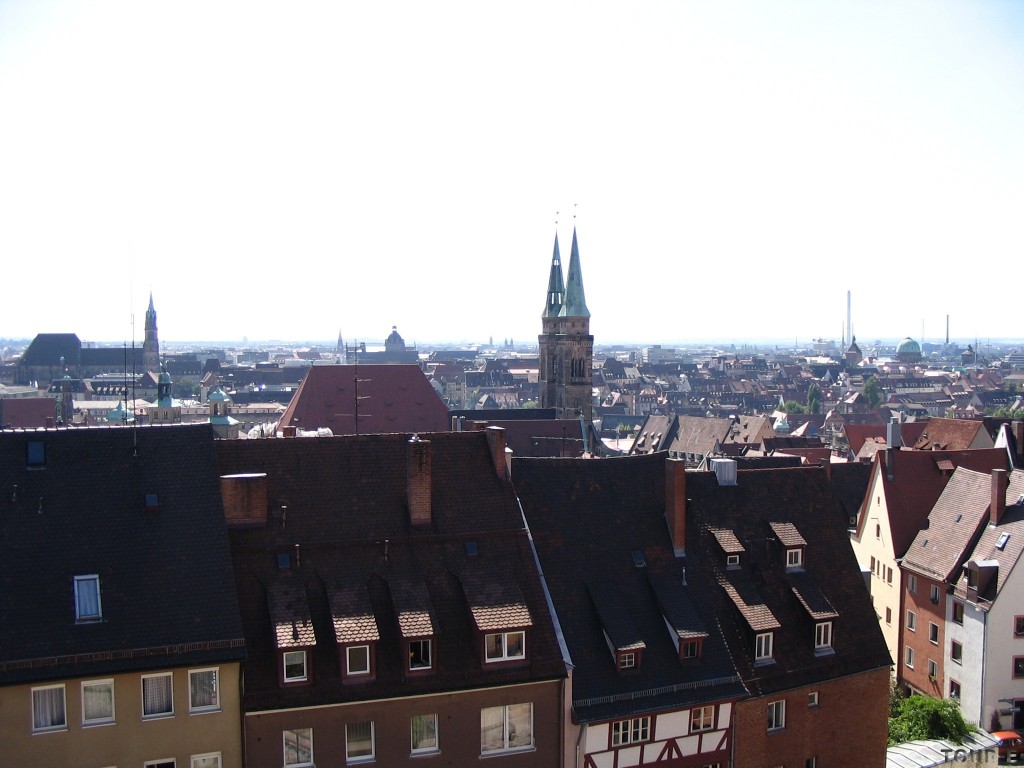
Thus the Imperial castle is, for the inhabitants of Nuremberg too, the “apple of their eye”, and they like to refer to the fortress, which took centuries to build, as the city’s “crowning glory”. This is where the emperors resided, and it is from here that housetops with their pointed gables and the tall church spires to the skyline of the satellite towns and the dark green expanse of the vast pine forests named after the two main churches, St. Lawrence and St. Sebaldus.
These churches, testimonials in soaring Gothic to the piety and public spirit of bygone ages, may seem to the uninitiated, at first sight, to be outwardly almost identical; but their interiors are unique “celestial halls”, adorned with magnificent works of arts, of which only the most important can be listed here the “Annunciation” by Veit Stoss, the tabernacle by Adam Kraft and the tomb of St. Sebaldus by Peter Vischer.
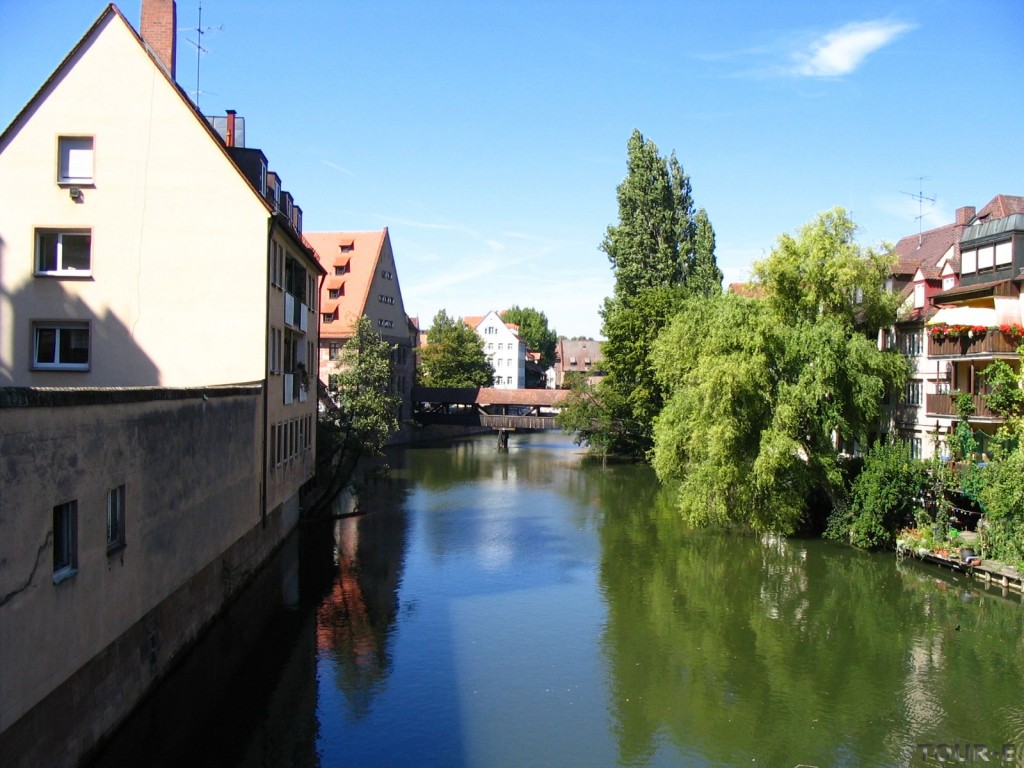
On the banks of the Pegnitz, between these two great ecclesiastical edifices, stands the Church of Our Lady, on the western facade of which the citizens of Nuremberg placed a delightful memorial to the Emperor Karl IV – the “Männleinlaufen”, an ornamental clock with an ingenious mechanism whereby daily, at noon, the figures of the seven Prince Electors rotate around the Emperor, watched and admired by hundreds of tourists gathered in the square below the “Hauptmarkt” or Main Market. Here, too, is the “Schöner Brunnen” Fountain, celebrated in song and story, with its “lucky ring” artistically welded to the lattice-work. Loving couples delight in turning this ring, for it is reputed to bring good luck and happiness in young, or even more mature love. Each year, in this selfsame square at Christmas, a fairytale come true – the world-famous “Christkindlesmarkt“, or Christmas Fair, when this enchanting “township of boots and stalls made of wood and cloth” delights the children and transports their elders back to what were perhaps happier times.
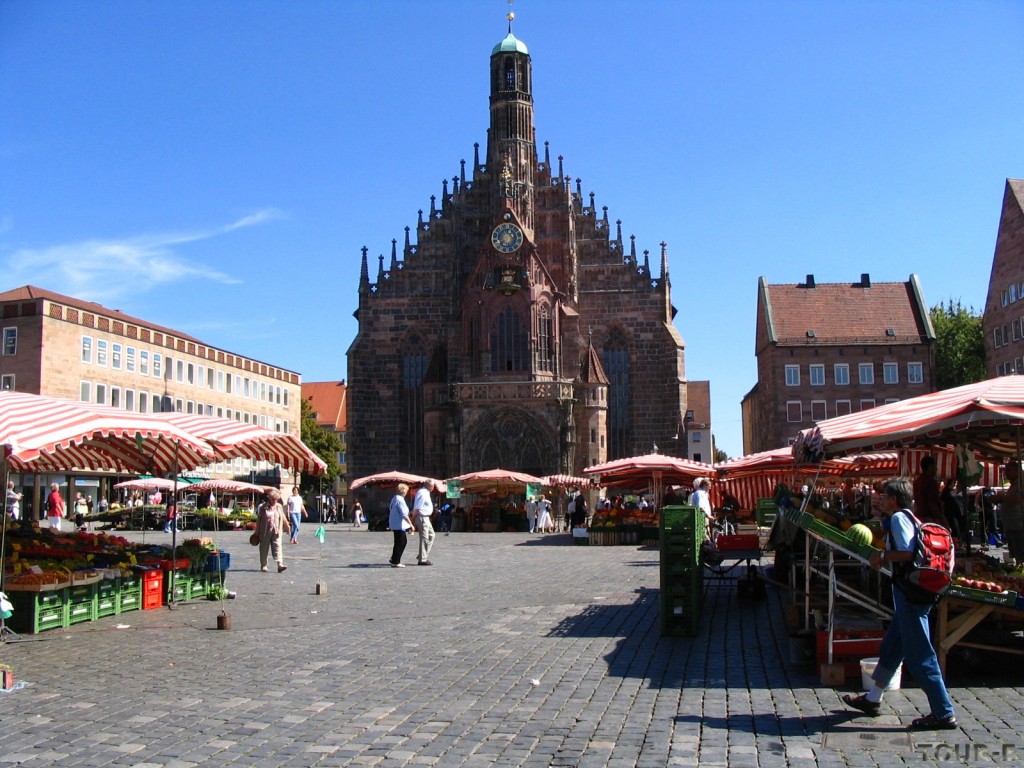
This is the most famous place in town because it’s busy in the middle of the summer, or in the middle of the winter. Many people bring domestic, organic food, that’s being raised in the vicinity of the town, but surely somewhere near, so all year round, you can buy fresh fruit and vegetables, along with many other things this Main Market has to offer.
But, there is a little magic about this place…during the winter, it becomes the home of the Christmas Angel. She is being chosen every three years and represents Santa Claus in this town. It is so festive and everyone is so polite and familiar, that you wish you have chosen this destination for vacation much earlier. But, nothing is too late. All year round, this place has so much to offer. It is a town full of life and colours, little art-work shops, where the recipes for their finest products dates long, some of them almost as long as the town exists.
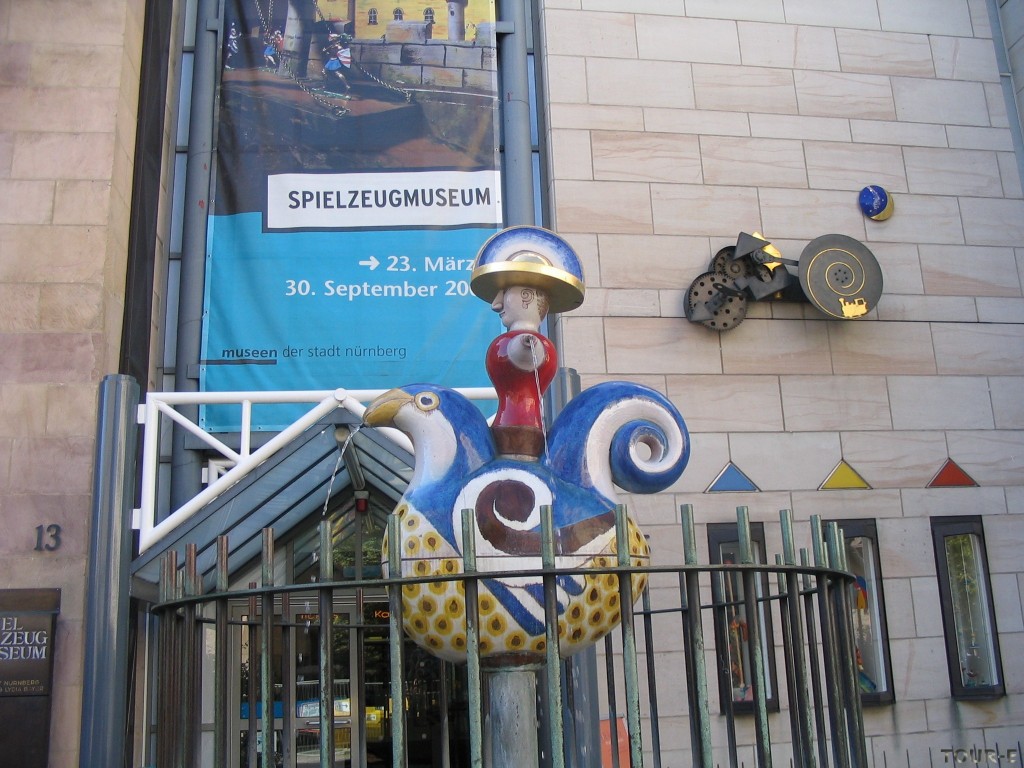
The same thing happens a little further on – in the Toy Museum, the very heart of this “metropolis of toys”, while the Germanic National Museum on the Kornmarkt, originally a Carthusian monastery, offers one of the finest and most important presentations of German art and culture.
Beneath the castle is the house where Albrecht Dürer lived, and here, at the Tiergärtner Gate, is the finest square in Nuremberg – rendezvous, particularly on mild summer evenings, for enthusiastic visitors from all over the world. And having mentioned Dürer, we must also quote some other names famous in the city’s great cultural history – the humanist Willibald Pirckheimer for example, Martin Behaim, Peter Henlein, Hans Sachs, Regiomontan, Anselm and Ludwig Feuerbach, together with Adam Kraft, Veit Stoss and Peter Vischer whom we have already referred to.
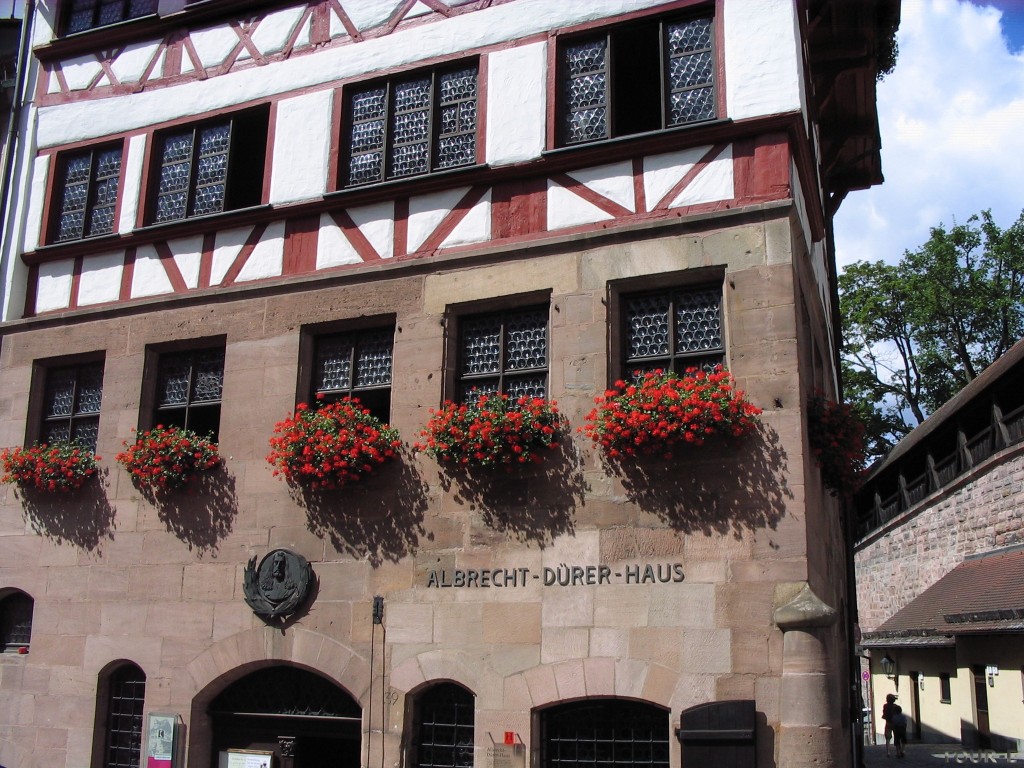
This list is far from exhaustive and the names do not come solely from the period when Nuremberg was called the “centre of Germany and all Europe” and the ” fatherland of wisdom and the dwellinghouse of genius“.
Even nowadays, Nuremberg retains its position as a centre as far as communications are concerned. It is surrounded by a network of motorways; its harbour on the Main-Danube Canal is the focal point on this waterway linking the North Sea and the Black Sea, soon – in a few year’s time – to be opened throughout its entire length; and its airport ranks high among passengers and pilots alike as far as popularity and safety are concerned.
Nuremberg has continued its great tradition in the field of trade and commerce. Companies of international repute have successfully perpetuated the proverbial inventiveness and business acumen of the city’s old inhabitants and have carried the products and the name of Nuremberg to the four corners of the world.
Nuremberg is a good place to live in. It has one of Europe’s finest zoos, its citizens make the most of their various festivities, the local Franconian cuisine is dainty and appetizing, the beer can stand comparison with any produced in Bavaria and the city’s best-known specialities are fried sausages and gingerbread. The surrounding area has many delights to offer, both scenic and cultural, and anyone who takes time to explore it after having exhausted the manifold attractions of the city will be richly rewarded.
Although Martin Luther was writing in another context, we may aptly quote his words of praise here:
“Nuremberg shines forth throughout Germany like a sun among the moon and stars”
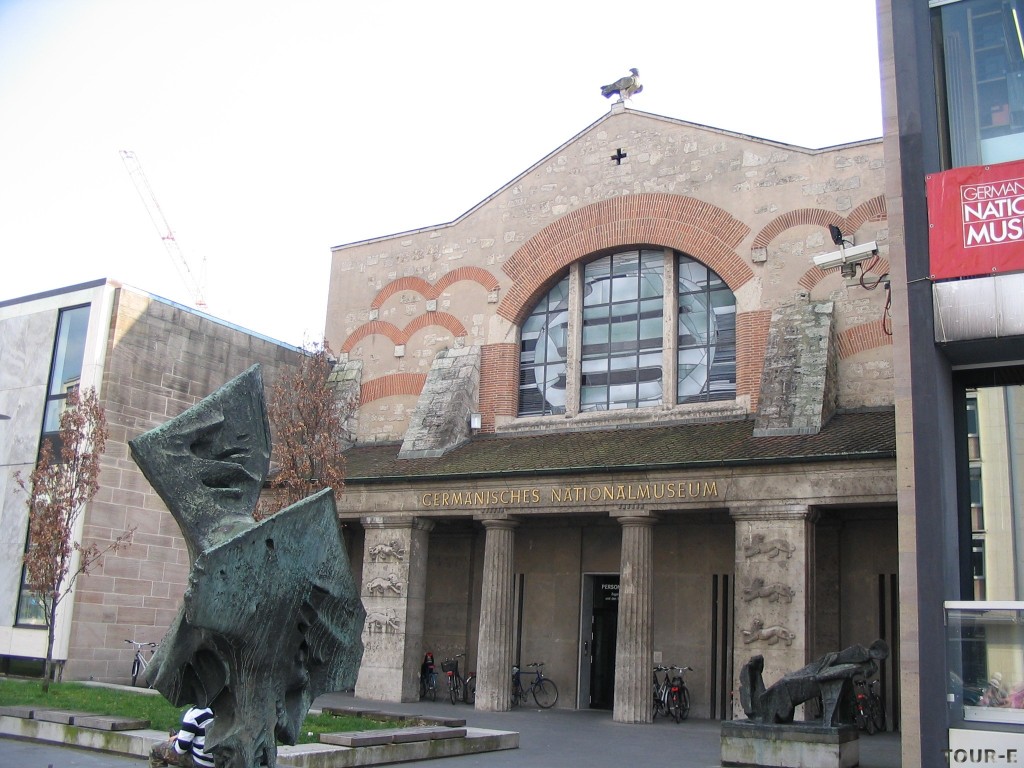
The Germanisches Nationalmuseum in town is proud to be the largest museum of history and culture in the whole country. It has over 1 million objects of art, and 250 thousand of them are on permanent display. The museum is old and it stands from 1852. and since then it holds the most valuable treasures from all over the country. In 1981., there was a town’s offer to make a model of new art, that will be displayed permanently in front of the museum. Israeli sculptor Daniel “Dani” Karavan made an offer that the town couldn’t refuse, and now in front of the museum is a gate with 27 columns up in the air, two of the round plates, which represent columns that are underground, and the round oak, as the 30th column.
On each and everyone it one of the articles written in ‘The Universal Declaration of Human Rights’, on two plates, one in German, and the other 30 are written in 30 different languages spoken around the world.
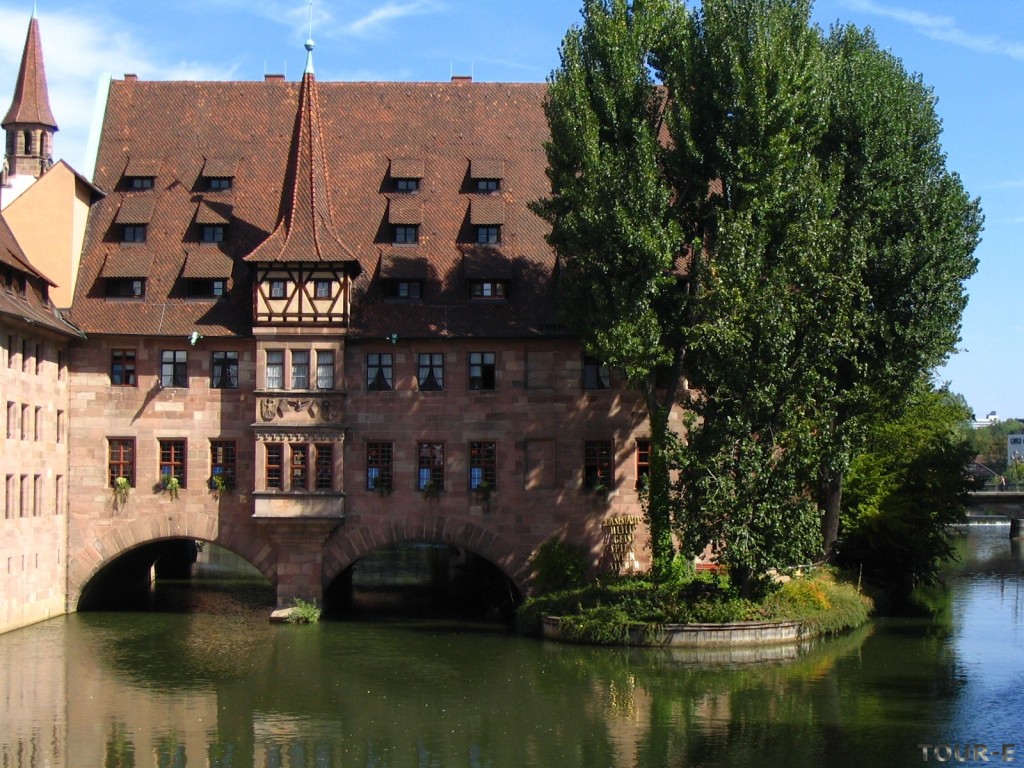
The Hospital of the Holy Spirit is erected in 1339. and opened by Konrad Gross, who gave most of his money to build it, to feed and clothe all the people who were sick, homeless, who didn’t have food etc. For treatment in the hospital, everyone that was staying there was being used to pray for the Konrad Gross, for his peace in the afterworld, and surely for even going into heaven. He was a rich merchant, and since no one knows what he did that needed so much prayer, but one thing is sure, if you were there at the time, that meant that you must pray for him as long as you stay there.
This, like many other buildings, had a crash during the Second World War, but it wasn’t that horrible since they successfully restored it after the war.
These days, this is a place where young people can join together, exchange opinions, there is a pedestrian part, and a little coffee shop, where you can rest, or have a conversation, or just enjoy the view.
The second interesting thing about this place is that underground is a series of tunnels, of which some are filled with beer that’s there for the aging, and also, there is a place for the parties, so at night, everything here turns into a place for all the young people that live or just visiting.
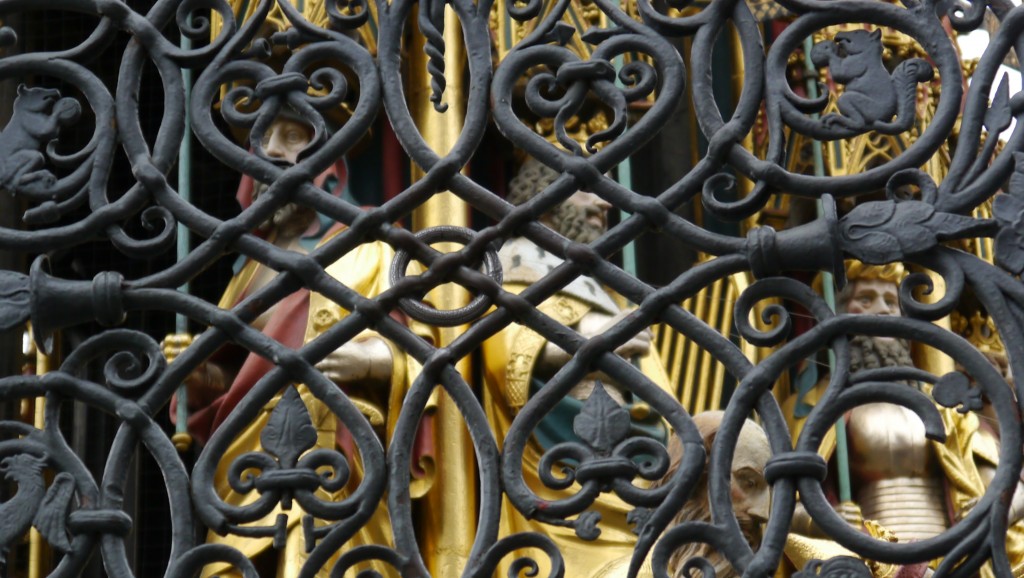
Schöner Brunnen or the literal translation ‘The Beautiful Fountain’ was made in the 14th century by the Heinrich Beheim, and it is right next to the Town Hall, and on the Main Marketplace, and it made out of several layers, out of which every single one of them tells a story, and the hight in full is 19 meters, which is pretty high for a fountain.
On this one fountain, that’s not a typical ‘make a wish’ fountain, they made Mozes with all seven prophets, The Nine Worthies, seven of the Prince-electors, Four of the Churches Fathers, Four Evangelists, and all of the seven arts in the Holy Roman Empire, and in summary, this fountain represents their beliefs and their philosophy.
Unlike throwing the money in the water in the fountain, this one is a bit different, and here is why. On the fence of the fountain are golden ( today brass ) ring. if you manage to find it and turn it around, good luck will follow you, and the others are saying the same thing, only that the fountain grants you a one wish, but even then remember, sometimes, wishes come true.
History of the city:
1050 First documented mention of Nuremberg
1219 Friedrich II confers the rights of a free Imperial town upon Nuremberg
1400 The third city wall, still in existence today, is completed.
1524 Nuremberg accepts the Reformation.
1649 Nuremberg Peace Banquet seals the end of the Thirty Years War.
1835 The first railway runs between Nuremberg and Fuerth
1945 An air raid destroys 90% of the old town of Nuremberg
1945-49 “Nuremberg Trials” of representatives of the Nazi regime.
1966 Majority of rebuilding work on the old town is completed.
1985 Old council chamber provisionally restored.
2001 Opening of the Documentation Centre on the Nazi Party Rally Grounds.
2004 With nearly 500.000 inhabitants, Nuremberg is the second-largest city in Bavaria.
